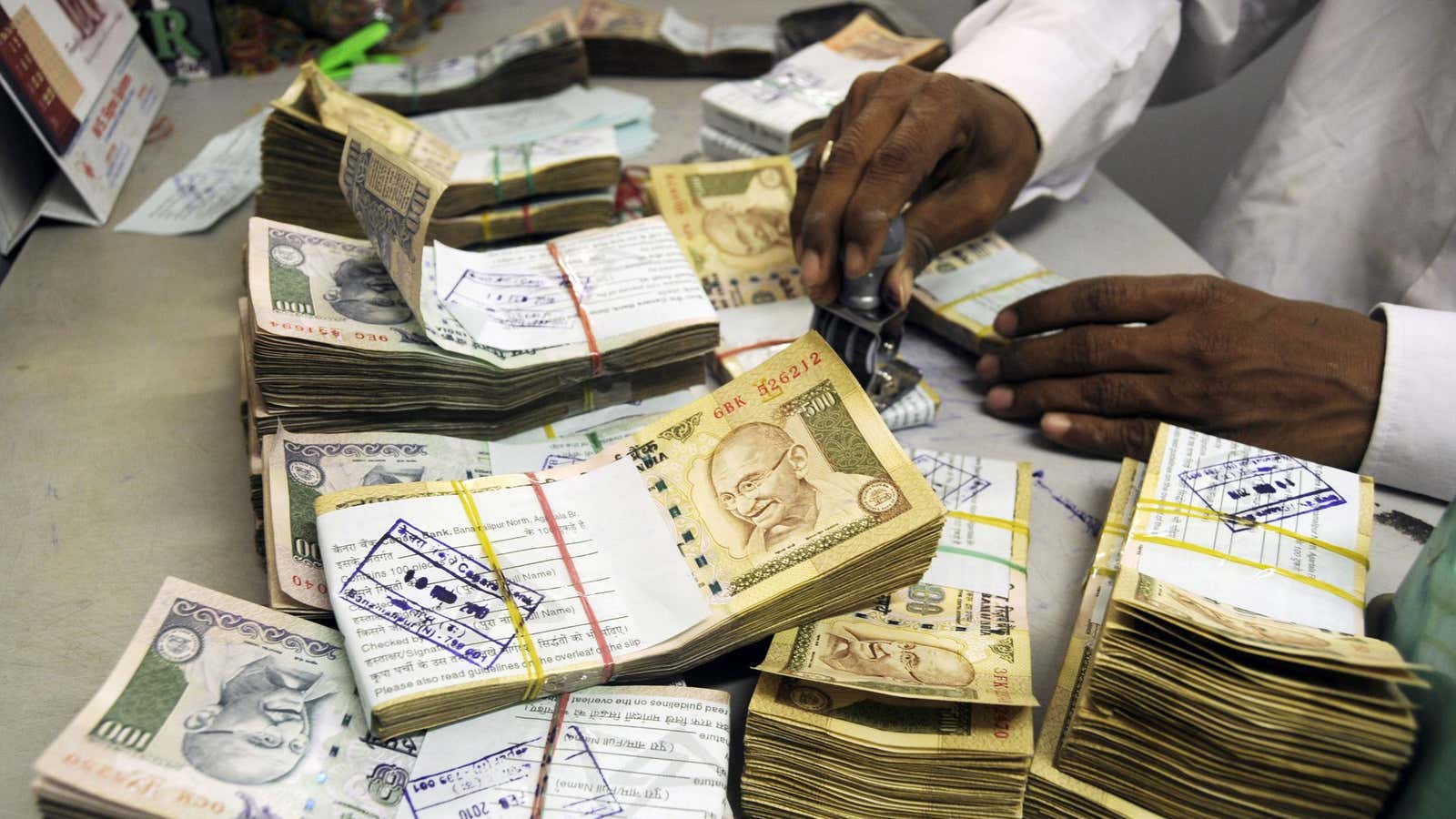As the Covid-19-induced economic slowdown deepens, Indian banks have been preparing for the worst. But what they are considering worst might still be conservative.
Over recent months, Indian banks have been setting aside huge sums of money in anticipation of bad loans, also known as provisioning for non-performing assets (NPAs). In the three months ended June, the country’s largest lender State Bank of India had made provisions of Rs2,062 crore ($270 million), while India’s largest private sector bank HDFC Bank had made provisions of Rs1,451 crore.
But analysts believe bad loans could eventually be much higher than the buffer created by banks so far.
The big NPA problem
An account is recognised as non-performing when a borrower is unable to repay his or her dues for more than 90 days. Once an account is dubbed as NPA, banks have to begin the process of provisioning for it.
Over the last six months, many loan accounts opted for a moratorium offered by the Reserve Bank of India as a relief against the Covid-19 crisis. During the moratorium period, debtors did not have to pay their loan installments, but banks could not count them as non-performing and did not have to make any provisions for them.
The six-month-long moratorium came to an end on Aug. 31, and now, if a business or an individual is unable to meet their dues for more than 90 days, the account will be classified as an NPA.
This is when the real problem will start showing, analysts believe. “As a result of this (ending of moratorium), the NPAs will start getting recognised from the December quarter,” said Nilesh Shetty, fund manager at Quantum Mutual Fund.
India’s banking system would require an additional Rs50,000 crore to fill the holes left by rising NPAs and continue lending, according to Mumbai-based credit ratings agency India Ratings. Of which, state-owned banks would need to raise Rs30,000 crore.
Indian banks’ bad loan woes to mount
Sectors such as aviation, hospitality, commercial real estate, and small businesses have been grappling with crisis due to complete or partial shutdown over the last six months. It means fresh bad loans will emerge from these segments.
Retail loans such as personal, housing, credit cards, and micro-finance could also turn sour as job losses and pay cuts have been rampant across industries. “While a large portion of the people working in the informal sector are not banking sector’s customers, we are already seeing early signs of job losses and salary cuts in the formal (taxed) economy. This may strain borrowers’ cash flows and may weigh on unsecured loans especially personal loans and credit cards,” warns Geeta Chugh, an analyst at S&P Global Ratings.
Banks will need to raise money to overcome this crisis.
“Large private sector banks have built (a) strong buffer against NPAs and have better loan disbursal process. In comparison, state-owned banks have low capital adequacy and are dependent on the government. Also, their track record isn’t promising,” says Shetty. Large private banks have a higher common equity tier-1 ratio—a buffer against risky assets—compared to smaller and state-owned banks.
